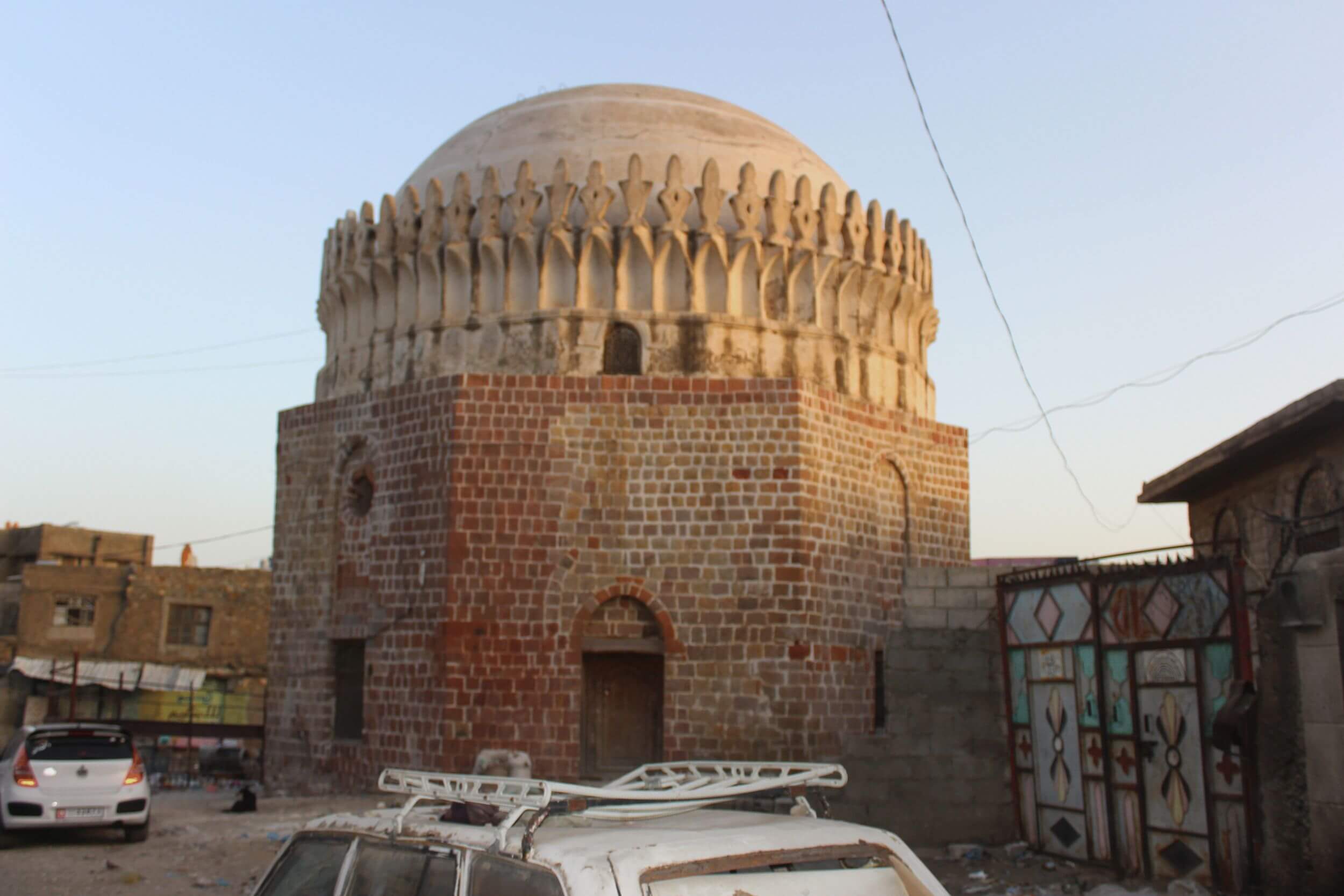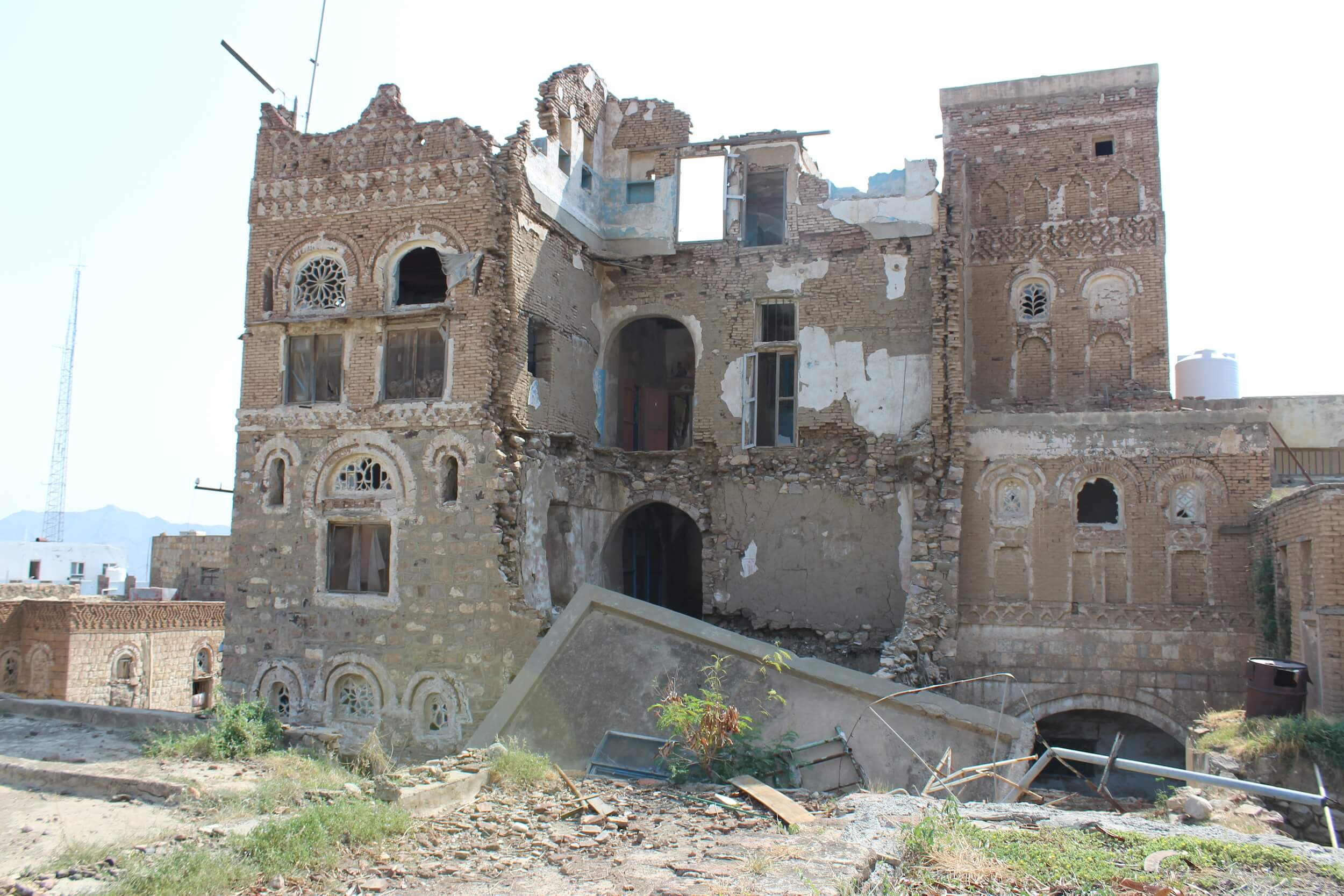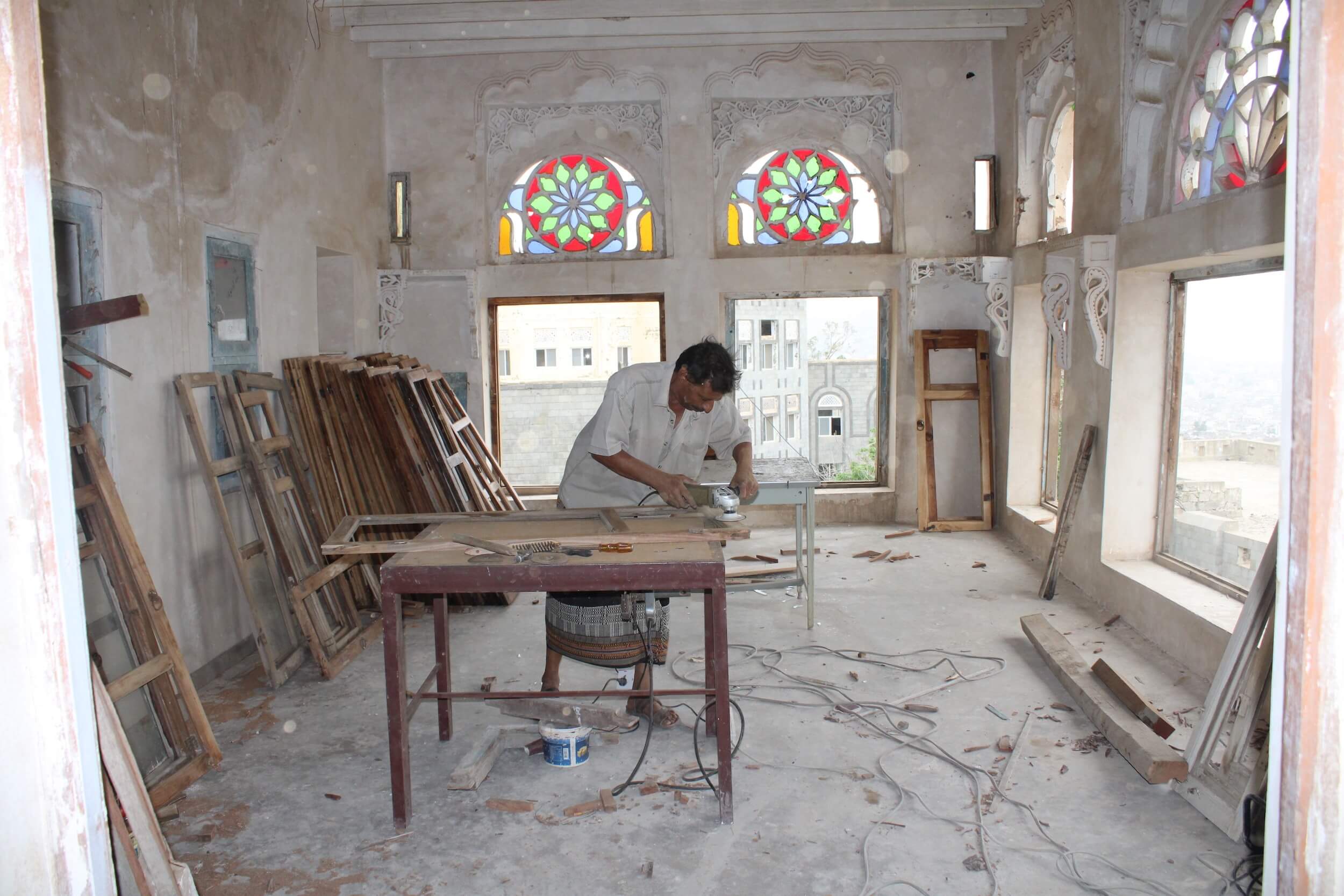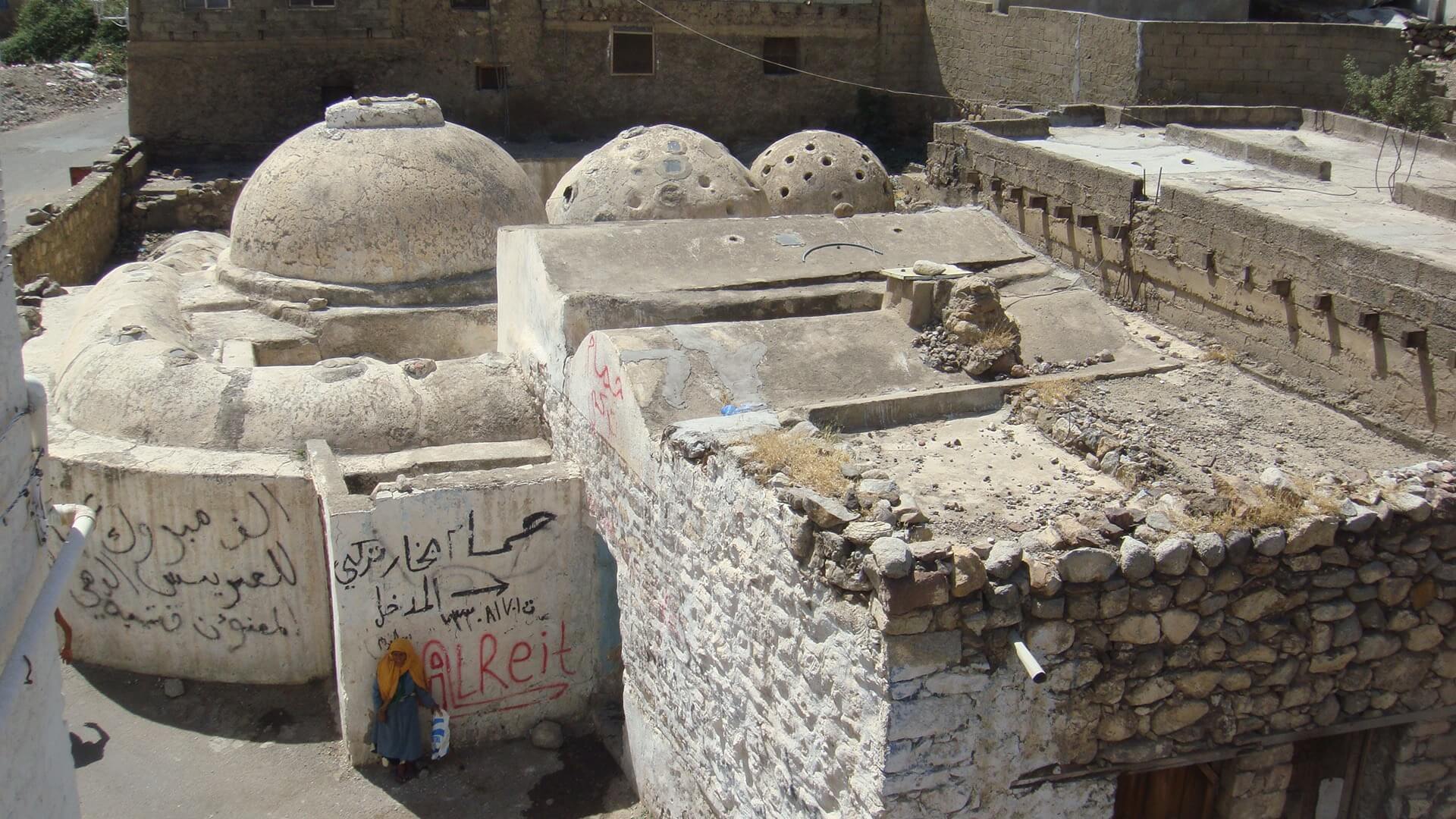The New York City-headquartered World Monuments Fund (WMF) has shared an optimistic update on its ongoing conservation and preservation efforts in the Old City of Ta’izz, or Taiz, Yemen.
Once regarded as the cultural capital of the relatively large Middle Eastern country at the southern end of the Arabian Peninsula, Taiz, Yemen’s third most populous urban center, has garnered decidedly less flattering nicknames in recent years due to its position in the geographic center of the Yemeni Civil War. From 2015–2017, the mountainous ancient city (a historic hub of coffee production) was held under siege by rebels and, to this day, remains in a precarious state although the situation has eased. As noted by the WMF, which has been engaged in architectural conservation efforts with local partners in war-wracked Taiz since 2018, “signs of revitalization emerge” in the wake of the bloody and relentless conflict.
The WMF’s work has focused on the medieval Old City of Taiz, an area chock-full of invaluable landmarks that were ravaged during the civil war or were at risk of degradation before the conflict. The organization’s “wide-ranging” recovery initiative kicked off following the Old City’s inclusion in the 2018 edition of the World Monuments Watch, WMF’s biannual program that draws attention to 25 imperiled global heritage sites. Shortly following the inclusion of Taiz’s Old City on the 2018 list, the WMF partnered with the General Organization of Antiquities and Museums (GOAM), which had nominated the Old City to the list, to “conserve important cultural sites in urgent need of intervention and to develop a blueprint for long-term stewardship,” according to a news release.

“Preservation can be a powerful tool to bring together communities after the brutality of war. The buildings that are being restored are symbols of the history, dignity, and resilience of the Yemeni population and we are proud to be working with them on this crucial endeavor,” said Bénédicte de Montlaur, president and CEO of the WMF.
Below are a few of the Taiz landmarks that have either been revitalized or in the midst of concentrated conservation efforts:
Qubbat al-Husayniyah: This Ottoman-era mausoleum was in rough shape and in urgent need of repair even before the outbreak of the Yemeni Civil War. When work began, conservation teams faced “rapid deterioration due to dire economic circumstances exacerbated by the conflict.” Emergency stabilization activities, which entailed repairing cracks in the mausoleum’s dome, reinforcing the foundation, restoring walls employing traditional techniques, replacing/fixing damaged stones in the building facade, and clearing away encroaching vegetation, was completed earlier this year. But as the WMF points out, some of this work was largely a temporary fix and ongoing monitoring will be required along with a “plan for future conservation.”

Imam Palace and Al-Badr Palace, Taiz Museum Complex: In 2019, with support from the British Council Cultural Protection Fund, the WMF kicked off rehabilitation work at Imam Palace, which is part of the Taiz Museum complex and home to the National Museum. The palace, a 19th-century Ottoman building, sustained considerable damage during a 2016 shelling attack. Facade restoration work wrapped up at the end of 2019 while interior repair efforts concluded in February of this year. “To further strengthen local expertise in the conservation of the buildings and the management of the museum collection, additional workshops were held in Kuwait and Cairo that built on past training curricula,” explained the WMF.

The rebuilding of the adjacent Al-Badr Palace, which will eventually house Yemen’s Heritage Museum and was partially destroyed in the civil war, will come next. Per the WMF, the structure will be “restored according to international conservation standards with compatible traditional materials.” This effort will be carried out in collaboration with the Musée des Beaux-Arts de la Ville de Lyon to “develop a museography program to be introduced throughout the entire Ta’izz Museum complex to help re-establish a connection between the people of Yemen and their culture.” The WMF has also partnered with the International Alliance for the Protection of Heritage in Conflict Areas (ALIPH) to rebuild and breathe new life into the palace.

Hammam al-Mudhaffar: Like other heritage buildings in Taiz, Hammam al-Mudhaffar, one of the oldest surviving bathhouse complexes in all of Yemen, was endangered and in disrepair prior to the conflict. Years of war and strife and neglect have advanced that deterioration. Working with support from the ALIPH, the WMF plans to repair broken domes, replace missing glass, remedy roof leaks, install waterproofing, clear debris, and tend to aging water and electrical systems in an effort o restore the site’s original function and support its vital role as a refuge for residents seeking solace and social connection. This exhaustive project, which the WMF sees as a key tool in catalyzing regeneration efforts in the Old City’s Udayna quarter, will begin this summer.











